What is NGC Coin Grading and Why Does It Matter for Collectors?
In the fascinating world of numismatics, where every coin tells a story of history, craftsmanship, and rarity, determining a coin's true value can feel like cracking a code. Enter NGC coin grading service—the gold standard for collectors seeking clarity, authenticity,...

In the fascinating world of numismatics, where every coin tells a story of history, craftsmanship, and rarity, determining a coin's true value can feel like cracking a code. Enter NGC coin grading service—the gold standard for collectors seeking clarity, authenticity, and market confidence. If you've ever wondered, "What does NGC mean in coins?" or "Why should I care about NGC grading coins?", this comprehensive guide is your ultimate resource. We'll break down the essentials of NGC coins grading, explore its profound impact on collectors, and address common questions to help you navigate this essential aspect of coin collecting. Whether you're a seasoned enthusiast or just dipping your toes into the hobby, understanding NGC coin grading, especially regarding NGC-certified coins, can transform your collection from a casual assortment into a valuable investment.
A Brief History of NGC: Pioneering Trust in Coin Grading

Founded in 1987 in Parsippany, New Jersey, by numismatic visionary John Albanese (who also co-founded rival PCGS), the Numismatic Guaranty Company (NGC) quickly rose to prominence as a beacon of integrity in the coin world. What started as a response to rampant counterfeiting and inconsistent grading during the 1980s coin boom has evolved into the world’s largest third-party grading service, having authenticated and graded over 50 million coins to date. Headquartered in Sarasota, Florida since 2002, NGC operates under the Certified Collectibles Group umbrella, emphasizing impartiality—its full-time graders don’t buy or sell coins commercially.
NGC’s mission? To empower collectors with services that “ignite passion, create value, and build community.” This commitment has earned it official partnerships with heavyweights like the American Numismatic Association (ANA)—the only U.S. coin organization chartered by Congress—and the Professional Numismatists Guild (PNG). NGC is recognized as an official grading service by major numismatic organizations, further establishing its credibility and authority in the industry. Today, NGC isn’t just a grader; it’s a guardian of numismatic heritage, including NGC Ancients with innovations like tamper-evident holders and advanced verification tools that have set industry benchmarks. NGC Ancients, its specialized division, is renowned for authenticating and grading ancient coins, reinforcing NGC's reputation as a trusted expert in ancient numismatic collectibles.
What is NGC Coin Grading? The Process Explained

At its core, the NGC coin grading service is an independent evaluation of a coin’s authenticity, condition, and overall quality. In addition, professional grading services like NGC offer collectors the benefit of unbiased third-party authentication, protection against counterfeiting, and enhanced market confidence. Unlike subjective appraisals, NGC uses the time-tested Sheldon Scale—a 1-70 numeric system developed in 1949—to assign a numerical grade objectively. Here’s how it works:
-
Submission and Authentication: Collectors submit coins (raw or in holders from other services) via NGC’s tiered fee structure, starting around $20 for low-value items and scaling up based on worth and turnaround time (from economy tiers at 20+ business days to express options). At least two professional numismatists scrutinize each coin for counterfeits, using tools like magnification and diagnostic imaging. In addition, NGC offers supplementary services such as special labels, imaging, and conservation options to further enhance the value of the grading process.
-
Grading Assessment: If authentic, the coin receives a numerical grade:
-
1-59 (Circulated): Shows wear from handling; e.g., Good (1-20) for heavily worn pieces, Fine (12-20) for moderate detail retention.
-
60-70 (Uncirculated/Mint State - MS): No wear, pristine from the mint; MS-70 is flawless under 5x magnification.
-
Proof (PF/PR): Special collector strikes; PF-70 denotes perfection. Impaired coins get “Details” grades (e.g., “Genuine - Cleaned”) without numerics. It’s important to note that coins with the same grade can still differ in value due to factors like eye appeal, rarity, or specific attributes.
-
Encapsulation and Guarantee: Graded coins are sealed in NGC’s EdgeView holders—archival-safe, UV-blocking plastic holders designed for preservation (even used by the Smithsonian). Each holder includes a unique certification number for online verification via NGC’s database, complete with photos and population reports (tracking how many similar coins exist at each grade). These population reports help collectors and dealers determine a coin’s relative rarity in the market. Backed by the NGC Guarantee, buyers are protected against counterfeits, overgrading, or damage—ensuring liquidity in auctions and sales. With over 55 million coins graded, NGC’s scale and expertise have a significant impact on coin values and market confidence.
This rigorous, team-based process ensures consistency, including tokens with strike designations (e.g., “Full Bands” for Mercury dimes), adding nuance for specialists.
Why Does NGC Coin Grading Matter for Collectors?

In a market flooded with fakes and subjective valuations, NGC grading coins isn’t just a formality—it’s a game-changer. NGC-certified coins are widely recognized and trusted in the market, providing collectors, dealers, and sellers with confidence in authenticity and quality of NGC-certified coin. Here’s why it resonates so deeply with collectors:
NGC grading increases market value and liquidity, as dealers often rely on NGC’s reputation to enhance coin desirability and prices. Sellers also benefit from professional grading services, as accurate grading through Certified Collectibles Group helps maximize profits and build trust with buyers.
When it comes to premiums and the types of coins typically graded, most coins worth over $5,000 are submitted for grading, while lower-value or common coins are less frequently certified.
Protection Against Risks
NGC certification slashes the odds of counterfeits or misattributions, which plagued the pre-1980s market. With over 50 million slabs issued, it's a robust shield—collectors pay premiums (often 10-20% more) for NGC-graded pieces at auction, as seen in world-record sales. For rare U.S. classics or world coins, this translates to thousands in added value.
Enhanced Market Value and Liquidity
Graded coins trade faster and higher. A raw coin might fetch melt value, but an NGC MS-65 could command 5-10x more due to verified condition. Population reports reveal scarcity—low-mintage grades drive premiums, turning a $500 raw coin into a $5,000 slabbed gem. Plus, NGC's global reach excels for non-U.S. coins, where expertise shines.
Preservation and Peace of Mind
Those tamper-proof holders aren't just pretty—they're fortresses against environmental damage, fingerprints, and handling mishaps, including medals. Collectors can track collections via the free NGC app or Registry, fostering community and competition. For investors, it's portfolio insurance; for hobbyists, it's the joy of verified beauty.
Building a Legacy Collection
NGC elevates collecting from hoarding to curating. Designations like "Star" for exceptional eye appeal highlight aesthetic standouts, while services like Crossover (transferring from PCGS slabs) streamline upgrades. Ultimately, NGC matters because it democratizes expertise—empowering you to buy, sell, and cherish with confidence.
Shop Our Premium NGC-Graded Coins
Ready to add certified excellence to your collection? At Global Coin, we specialize in NGC-graded treasures that blend history, rarity, and investment potential. From pristine U.S. classics to exotic world rarities, our inventory is curated for discerning collectors. Explore our full selection today and discover why NGC slabs are the hallmark of quality.
Frequently Asked Questions (FAQs)
What Does NGC Mean in Coin Collecting?
NGC stands for Numismatic Guaranty Company, the world’s leading third-party service for authenticating, grading, and encapsulating coins, tokens, and medals since 1987, by the numismatic guaranty company. In coin collecting, “NGC” signifies a coin backed by expert verification and the NGC Guarantee, ensuring authenticity and accurate grading on the Sheldon Scale. The specific word or terminology used in grading, such as those provided by NGC, is crucial for accurate descriptions and helps build trust within the coin-collecting community.
Which Is Better: PCGS or NGC?
Neither is universally "better"—both are elite, with PCGS (founded 1986) often edging out for U.S. classics due to perceived stricter grading and higher auction premiums (5-15% more for the same grade). NGC shines for world and ancient coins, offering lower fees, faster turnarounds, and innovative tools like population reports. Choose based on your focus: PCGS for liquidity in U.S. markets, NGC for global breadth. Many collectors use both.
Is It Worth Getting a Coin Graded?
Absolutely, if the coin's potential post-grade value exceeds grading costs (typically $20-125+). For coins over $300 raw, grading often boosts resale by 20-100% via authentication and scarcity proof—ideal for rarities or high-grade potentials. Skip for common bullion (e.g., modern Silver Eagles under MS-69), where fees erode gains. Always pre-assess via NGC's Price Guide.
What Is the Most Respected Coin Grading Service?
PCGS and NGC tie for top honors as the most respected, with PCGS slightly ahead in U.S. prestige for its pioneering role and market dominance. Both outpace others like ANACS or ICG in volume (50M+ coins each) and eBay acceptance. Respect stems from accuracy, guarantees, and industry endorsements—use either for confidence.
Should I Clean My Coins Before Grading?
No—never clean your coins before submitting to NGC or any service. Cleaning (even gently) removes natural patina, introduces hairlines, and flags the coin as impaired, slashing value by 50%+ and earning a "Details - Cleaned" label. NGC detects it via microscopy for luster breaks and scratches. Submit as-is; for toning or grime, use NGC's affiliate Numismatic Conservation Services (NCS) for professional restoration first.
Final Thoughts: Elevate Your Collection with NGC
NGC coin grading isn't just a service—it's the cornerstone of modern numismatics, offering collectors unparalleled protection, value, preservation, and the opportunity for further research. By demystifying authenticity and condition, it turns uncertainty into empowerment, letting you focus on the thrill of the hunt. Whether you're safeguarding heirlooms or chasing registry sets, embracing NGC-graded coins elevates your passion to professional heights.
Ready to certify your treasures or snag some NGC-certified stunners? Dive into our premium selection at Global Coin and start building a legacy today by visiting our website. Happy collecting!
Sources: This guide draws from official NGC resources and industry analyses as of October 2025. For submissions, visit ngccoin.com.
Related Articles
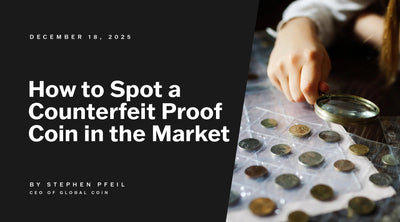
How to Spot a Counterfeit Proof Coin in the Market
How to Spot a Counterfeit Proof Coin in the Market In the world of numismatics, few things hold ...
Discover More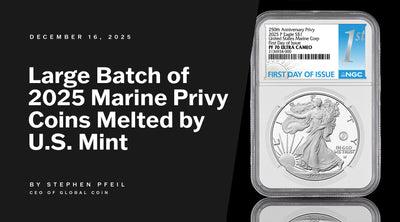
BREAKING NUMISMATIC NEWS: Large batch of 2025 Marine Privy Coins MELTED by U.S. Mint
BREAKING NUMISMATIC NEWS: Large batch of 2025 Marine Privy Coins MELTED by U.S. Mint A historic ...
Discover More
Tax Implications When You Sell Gold Bullion in Different States
Disclaimer: The following content is for informational purposes only and should not be construed ...
Discover More

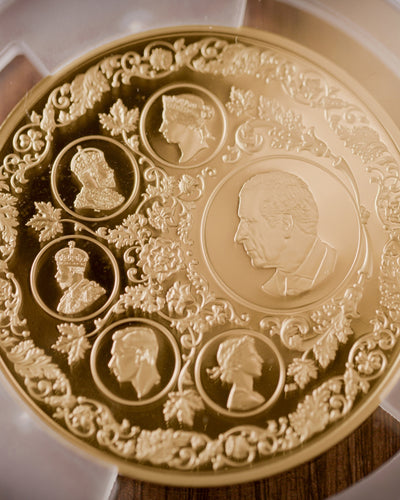
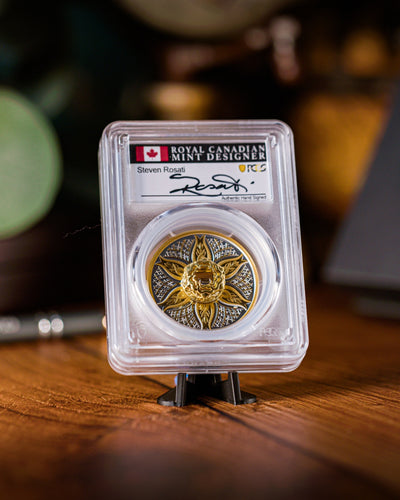
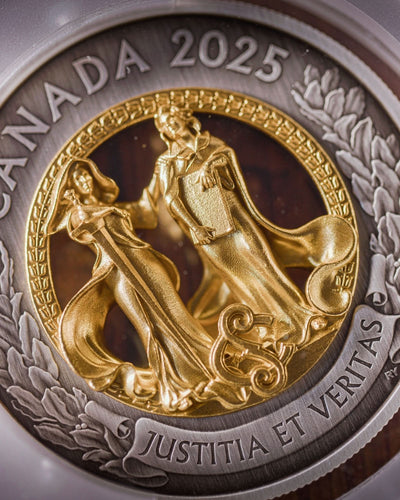
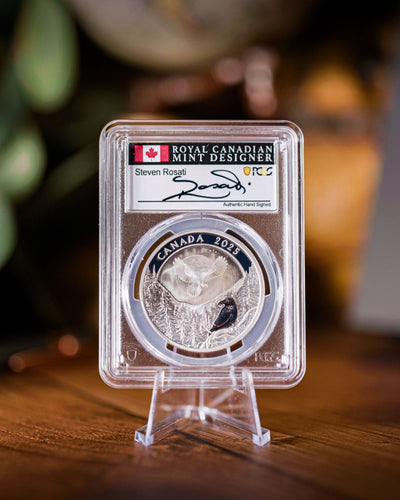
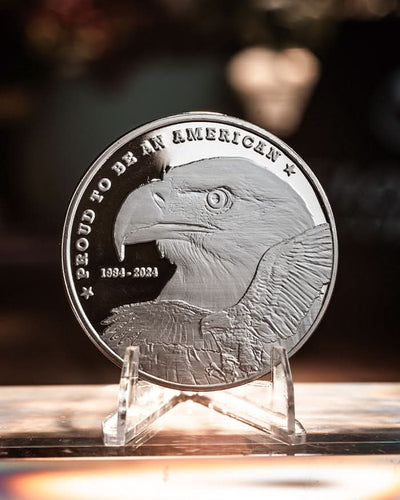
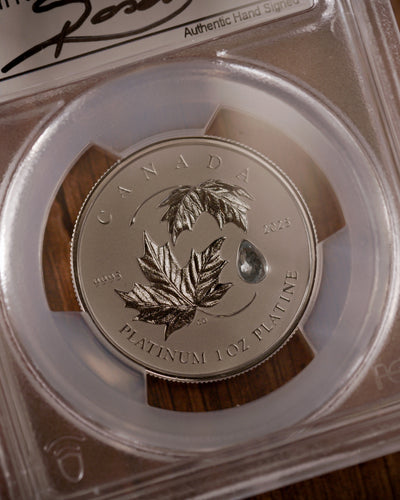
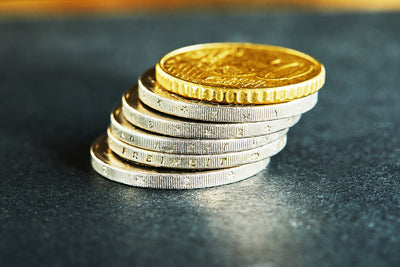
Leave a comment
This site is protected by hCaptcha and the hCaptcha Privacy Policy and Terms of Service apply.